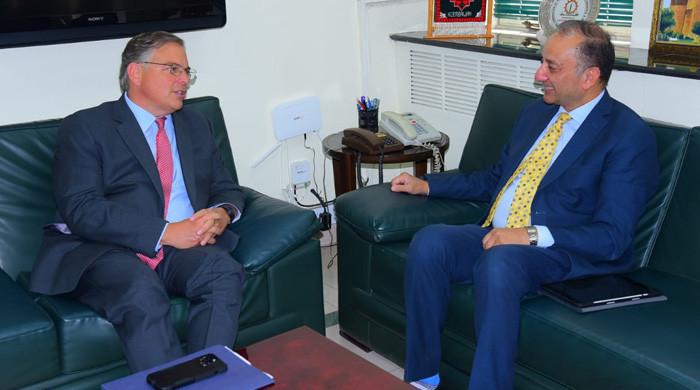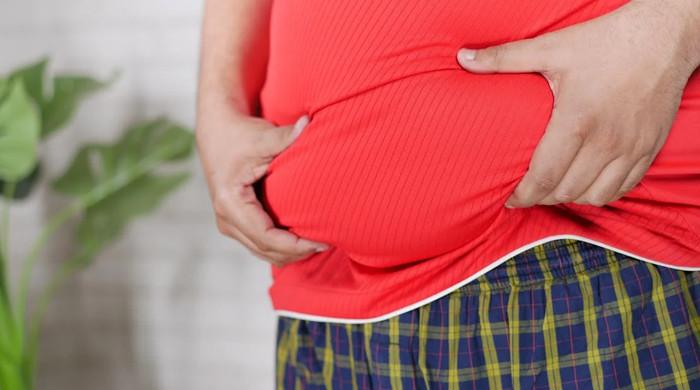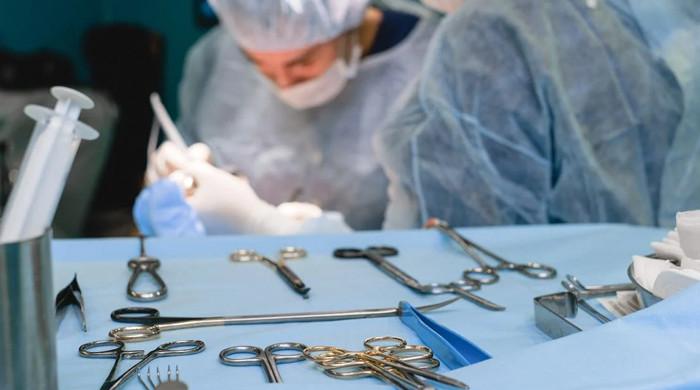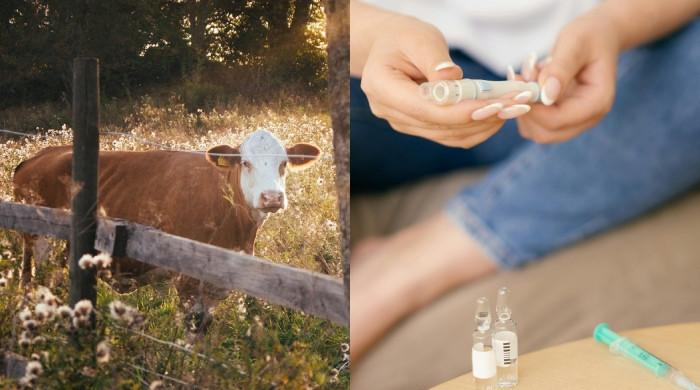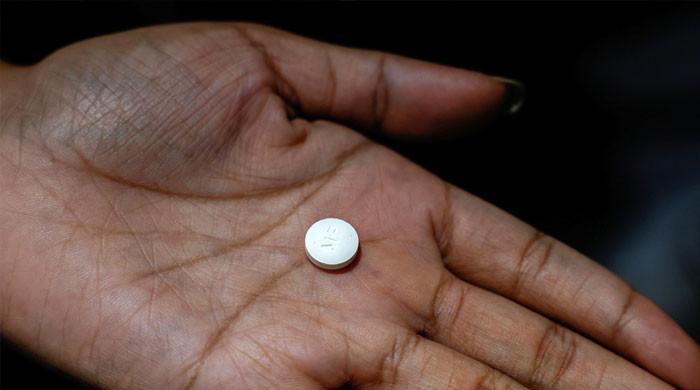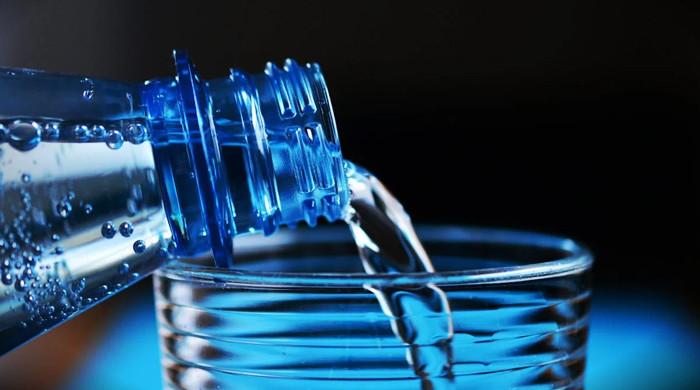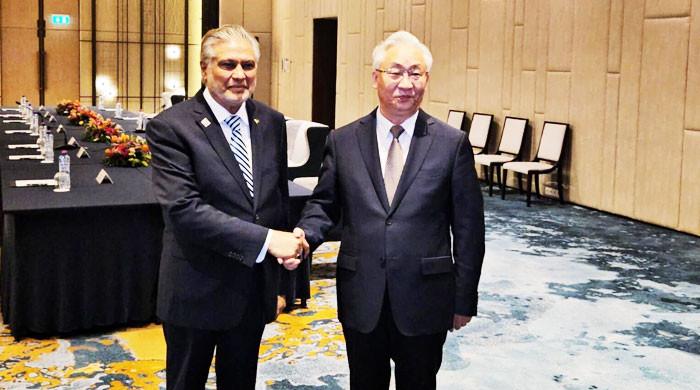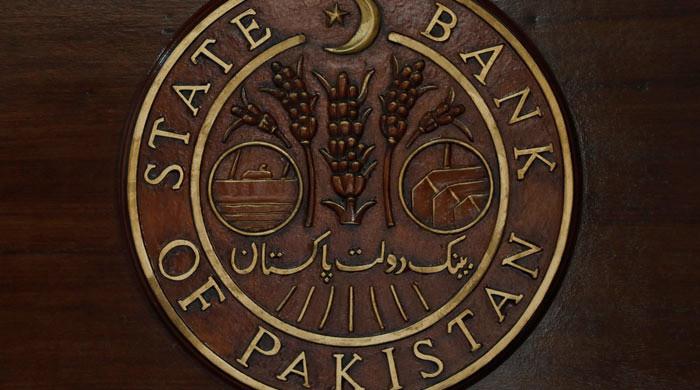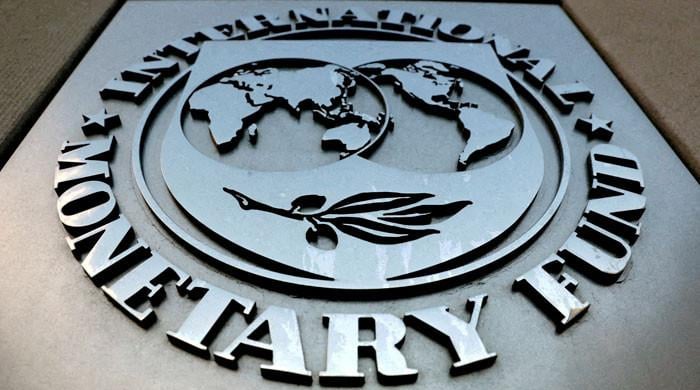[ad_1]
A wildlife animal rehabilitation centre on Vancouver Island is asking for protective headgear to help keep volunteers safe as it prepares for the upcoming fawn release season.
Each year, B.C. SPCA’s Wild Animal Rehabilitation Centre (Wild ARC) takes care of the young fawns they’ve received until they are old enough to be released into the wild, according to Wallis Moore Reid, the centre’s senior wildlife rehabilitator.
By the time they’re ready to be released, the fawns have grown large enough to pose significant risks to the volunteers, particularly when fawns are herded into special containers like a modified horse trailer and are likely to jump off, kick and hurt the people steering them inside.
This year, the non-profit has opted to add protective headgear to its personal protective equipment.
“We’re asking for helmets that offer 360-degree protection with full visibility. So, ideally, something with a visor, clear visor in the front, that fully covers the head,” Reid told All Points West host Jason D’Souza.
Most fawns brought in ‘unnecessarily’
The centre receives and cares for about a dozen fawns a year.
Reid said fawns are sometimes brought into the care of the rehabilitation centre by well-meaning people who think the young ones are abandoned. Most of the time, they aren’t.
“Most of them are orphaned, but we do admit the occasional fawn who’s been contained and brought in unnecessarily,” she said.
“When they’re quite young, they aren’t strong enough to keep up with the mother, so she essentially parks them while she goes off to forage,” she said.

That behaviour is commonly referred to as bedding, according to wildlife ecologist Adam Ford.
“In the early days of a fawn’s life, the strategy is to wait in a quiet area where predators won’t find them and the mothers will come and visit to feed them,” said Ford, who is also the Canada research chair in wildlife restoration ecology at UBC Okanagan.
He advises people against approaching a fawn if it appears abandoned because “there’s a 90 per cent chance that a female deer is nearby and is waiting for you to leave.”
Nevertheless, people do bring fawns to the Wild ARC, and every year, the centre cares for about a dozen of them.
“Most of the fawns are admitted from May to June, and we provide specialized care to ensure that they develop properly,” said Reid.
This includes providing fawns with a milk replacement formula specifically developed for black-tailed deer.
“We also try to give them a diet that closely mimics what they would find in the wild.”
Volunteers then gradually wean the fawns off the formula from July until August, when they really start to grow in size and lose their spots.

“So, come September, we start preparing for their release,” said Reid. This year, five fawns will be released into the wild.
Anyone interested in donating is asked to contact Wild ARC.
[ad_2]
Source link








